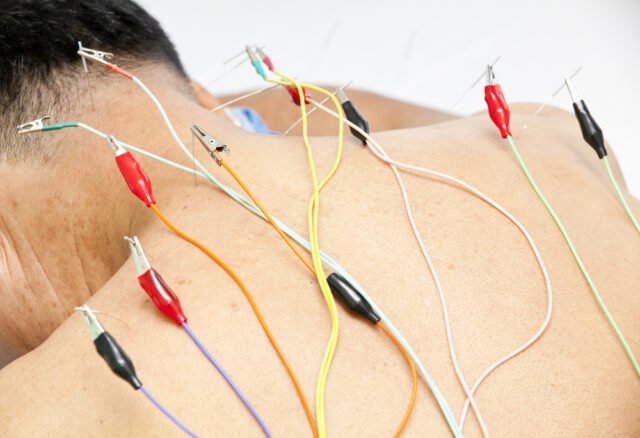
Back pain is sadly all too common. As many as 23% of adults in the world may be living with chronic lower back pain right now, with 84% of people likely to suffer it at least once during their lives. You do not have to accept it as an inevitable fact of your life, though. Try these approaches to help you deal with your back pain.
Take Delta 8

Delta 8 THC produces a milder high compared with Delta 9 and is legal in more places. It can help with many types of pain and has been effective in reducing stress and anxiety. It can also help people sleep better. The Delta 8 compound works by preventing the central nervous system and cannabinoid receptors from sending pain signals to your brain.
Always consult medical professionals before starting a new medication or treatment. Experts generally recommend starting with a dose of 500 milligrams or less per day. Over time as you learn what works, you can adjust dosages as needed.
Root Cause Treatment if Possible
If you can find out what is causing your back pain, treating that root cause could help greatly. This sounds obvious but is not as clear-cut as it might seem. For example, you might think, “Sitting at work all day is causing my back pain,” and leave it at that.
However, there may be more to it. Is it your chair in particular or the fact you might not take breaks? It could be your bed or mattress and not your sitting at work causing the pain. Find a specific cause if you can instead of assuming a generic cause.
Physical Movement for Your Pain

Bed rest for your back pain could be one of the worst things you do. While medical professionals used to emphasize rest, they have since turned to movement as an effective strategy. Swimming, walking, and yoga are examples of what you could do.
Of course, you may need to rest your back for a day or two after a triggering incident.
That is different from resting for chronic, established back pain.
Weekly Massages
Research indicates that weekly massages can greatly ease your back pain and increase your functioning. However, the effects may be temporary and not as noticeable after a year.
Spinal manipulation is another option to consider. It can address any spinal issues you have and help you become more mobile.
Acupuncture or Nerve Stimulation

Acupuncture is something to consider in addition to or instead of massage and spinal manipulation. Practitioners insert extremely thin needles into various parts of your body, and you may begin to see results within six to eight weeks. The scientific evidence backing acupuncture is mixed, but research shows that both real and fake acupuncture lead to better results than no treatment at all.
Some doctors suggest transcutaneous electrical nerve stimulation (TENS) instead of acupuncture. Using this method, mild electric pulses sent to the nerves block incoming pain signals.
TENS machines are about the size of an iPad mini, and you receive treatments from at-home machines or at your physical therapist or doctor’s office. The positive effects of TENS therapy may be temporary, though.
Counseling or Therapy
It turns out that talk therapy has helped many people deal with or overcome back pain. At first, it seems illogical. Sitting in a chair and talking has nothing to do with your back.
However, these talk therapy sessions cover fertile ground such as why people may be afraid to go walk or explore job opportunities to reduce back pain. Back pain is common among nurses, for example, and counseling can help them make claims for workers’ compensation they might otherwise be too reluctant to explore. Counseling can give them the tools to talk with their employer about adding patient lifts and transfers to reduce the strain on the nurses’ backs. Cognitive behavioral therapy may have similar results.
Adjustable Bed

If you have the funds, try buying an adjustable bed and see if it helps your pain. These beds do wonders for many people and restore a lot of function to people who had been largely nonfunctional.
Even if your bed isn’t causing your pain, sleeping in an adjustable bed helps by shifting weight off your back. Since people tend to spend anywhere from six to 10 hours a day in bed, this approach can make a huge difference. Features for individual beds can include adjustable lumbar area firmness and massages that double as alarm clocks.
When you shop for beds, keep in mind that price is not always linked to quality. You can find excellent adjustable beds for $2,000 or less. Buy from sellers that offer trial periods and risk-free exchanges. You may not notice improvements right away, but 30 days should be enough to give you a feel about whether the new bed is helping.
Back pain is a fact of life for many people, but some people manage to reduce it or eliminate it. They may turn to methods such as talk therapy, acupuncture, and adjustable beds to help.












